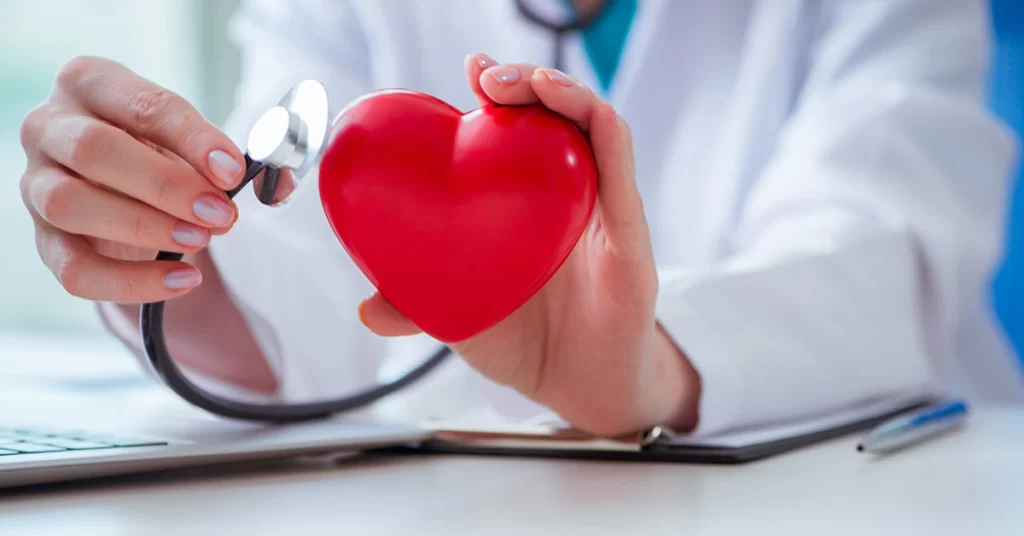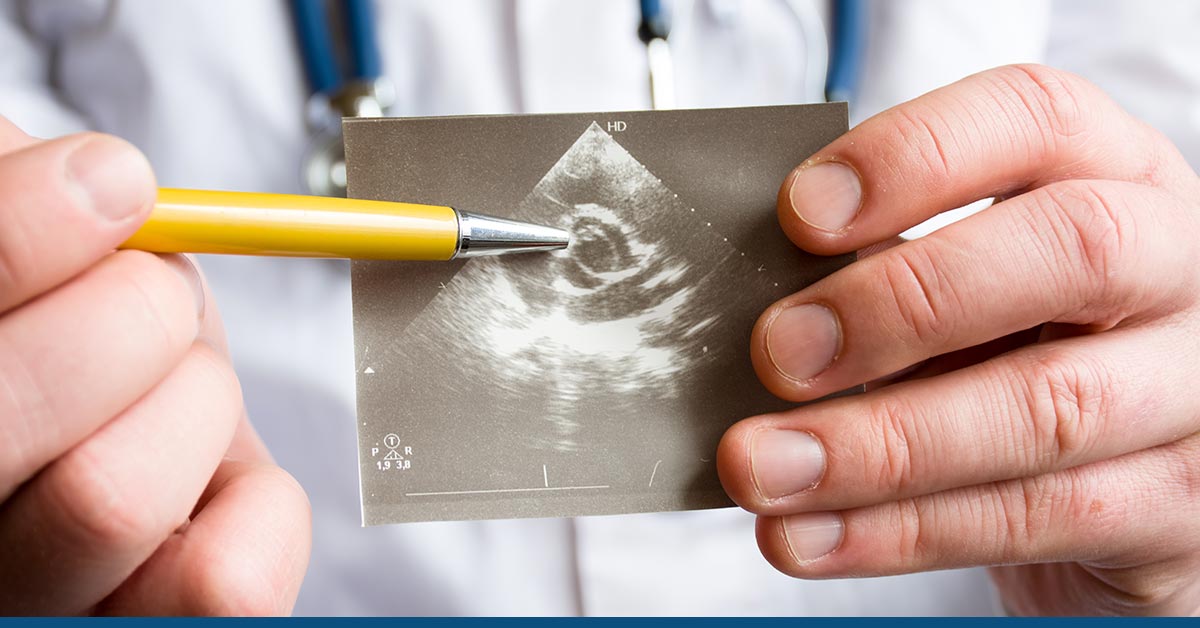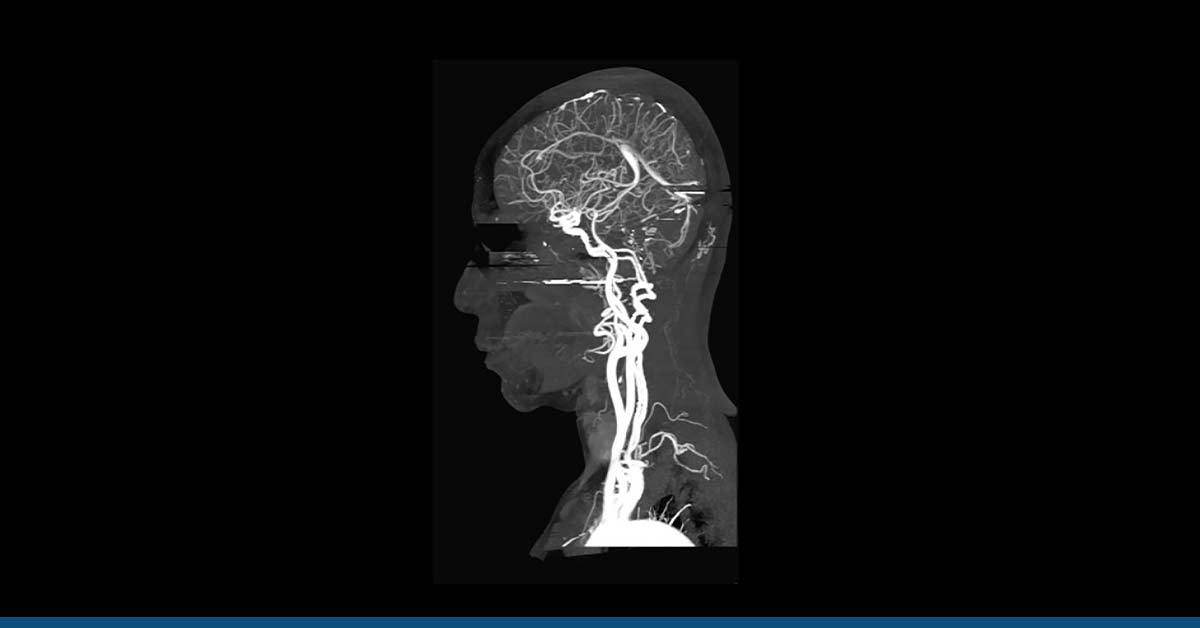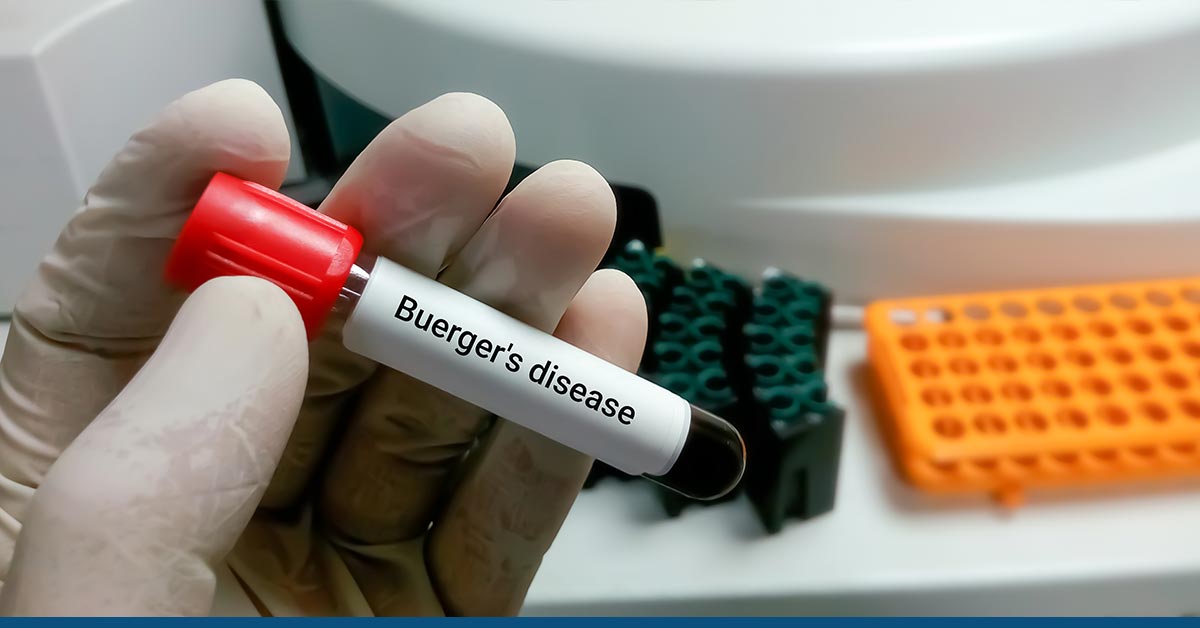The heart is one of the strongest muscles in the body, pumping about 6 liters of blood around the body every minute. Many diseases can affect the heart, mostly resulting from your lifestyle. Most heart diseases are rooted in similar causes; it is simply the presentation that differs.
Some common heart diseases are congestive heart failure, coronary artery disease, peripheral vascular disease (PVD), and peripheral artery disease (PAD). PAD and PVD respectively affect around 200 million and 8 million people worldwide.
If you experience some common symptoms of vascular disease, you must seek timely treatment. It is important to understand your condition so you can seek the most optimal treatment. Although the terms PVD and PAD are generally used interchangeably, there are significant differences between the two.
Table of Contents
TogglePAD Vs. PVD – Simply Put
The question of distinguishing peripheral artery disease vs. peripheral vascular disease can easily be answered by looking into the naming of the diseases.
PAD categorically affects arteries, usually those of the legs. PVD, on the other hand, is an umbrella term that covers an array of vascular conditions; the arteries, veins, and lymphatics may all be affected. It can appear on the legs, arms, neck, and face too. Since PVD covers a broader range of pathologies, it is also associated with more complications and severities.
What is PAD?
PAD develops due to atherosclerosis of vital arteries in the leg. Atherosclerosis is a hardening or thickening of an artery. Fatty substances like triglycerides and cholesterol in the blood form a hard plaque on the internal surface of the artery.
The body possesses a complex connected arterial system that is unaffected by a minor blockade. Therefore, PAD often does not present with any symptoms. However, if you are not careful, plaque formation can rapidly develop in many arteries in the legs, causing painful symptoms like claudication and cramping (discussed ahead). In extreme cases, the blocked-off tissue may die and form gangrene which must be amputated.
What is PVD?
PVD is a group term that covers circulatory diseases in the arteries, veins, and lymphatic vessels.
The Arteries
Blockage of a coronary artery that supplies nutrients to the heart wall can cause a heart attack or angina (chest pain). Blockage of arterial supply to the kidneys can cause high blood pressure and retention of waste products that can lead to heart failure. Similarly, a blockage in arterial supply to the brain can cause a stroke or an ischemic attack.
The Veins
Venous drainage is compromised in two ways. Sometimes, venous valves that manage the upward flow of blood back to the heart fail to function properly, compromising the venous drainage in a leg. This venous insufficiency is called varicose veins which appear as bluish, swollen veins in the lower legs and feet,
Lymphatic Vessels
Thrombosis is a more serious type of blockade. The formation of blood clots (thrombosis) is dangerous because clots can get stuck in veins and impair smooth blood flow. Even more dangerous is a condition in which the blood clot dislodges from the vascular wall and travels with the blood to a vein in the lungs. This is called deep vein thrombosis (DVT) and can lead to fatal pulmonary embolism.
Symptoms of PAD/PVD
We have established that PAD and PVD have different pathophysiology. However, since both are vascular diseases, they have very similar clinical presentations.
- The most important symptom of PVD/PAD is ‘claudication’ – a pain or discomfort felt in the affected leg during movement. This is a result of insufficient blood flow to the limb which adversely affects muscle and bone tissue. It can feel like cramping, fatigue, and heaviness in the legs or glutes. Claudication can be relieved by rest but can overall affect your quality of life.
- You may experience numbness, tingling, or burning in the lower legs or feet.
- Change in the skin color in the affected region is also notable. This occurs due to low blood supply in the leg. The leg or foot may also feel cold to the touch.
- Since the skin tissue and blood supply are affected, any wounds or injuries on the leg may heal slowly or arise frequently.
Risk Factors – PAD/PVD
PAD and PVD are two distinct conditions; one is restricted to arteries while the other is an all-encompassing vascular disorder. Although these are two different illnesses, the risk factors for PAD and PVD are similar.
Like a spectrum of other diseases, your lifestyle greatly influences your body’s potential to develop vascular diseases. Most lifestyle diseases are caused by a hallmark triad of practices: i.e. eating unhealthy food, physical inactivity, and smoking.
If you are above 50 years of age, obese, and have a family history of either disease, you are at a higher risk of PVD/PAD. Pre-diagnosed conditions like diabetes, coronary artery disease (CAD), high blood pressure, or high cholesterol, and usage of cigarettes, cigars, or other tobacco products also increase your risk for vascular diseases. According to the American College of Cardiology, smoking can expedite PAD development by ten years!
How to Minimize the Risk For PAD/PVD
Since most of the risk factors are lifestyle related, you can significantly lower your risk for vascular diseases by maintaining a healthy and balanced lifestyle. Eating a nutritious diet, exercising for 30 minutes daily, and avoiding smoking and cholesterol-rich foods are some fruitful habits to develop from an early age. If you have diabetes or other diseases, they can also be managed by these simple changes. We would highly recommend consulting your physician for preventative screening and health plans for PVD/PAD, especially if you have a genetic disposition for the disease.
Treatment Options
If you have been diagnosed with peripheral vascular or artery disease, it is possible to treat your condition and restore your quality of life to normal. Acute and reliable treatment options are mostly surgical; however, lifestyle changes must be made to treat and prevent the complications of your condition.
1. Angioplasty and Stenting
In this nonsurgical technique, a balloon is inserted in the narrowed artery and inflated to create space within the lumen of the vessel. A metal stent is then placed within to uphold the shape of the newly expanded vessel as the balloon is removed.
2. Endarterectomy
When a balloon or stent cannot be inserted, an endarterectomy is carried out surgically to remove the hardened plaque formation from within the blocked vessel.
3. Bypass Surgery
In this surgery, the blocked artery is bypassed by attaching a section of a vein from another region of the body. This offers an alternate route for the blood to pass without encountering the blockade. Often the saphenous vein from the thigh is used for this purpose. Bypass surgery is the most reliable and long-lasting treatment option.
The Bottom Line
The difference between PAD vs. PVD is due to the cause and area of vascular blockage. The presentation of both diseases is similar, so you can easily keep a lookout for characteristic signs and inform your physician immediately. You should be especially vigilant if vascular diseases run in your family. HG Analytics offers scans for the cardiovascular system and arterial examination of the lower extremities. So, if you notice any symptoms of PAD/PVD in your lower limbs, contact us today for timely diagnosis and treatment options!






